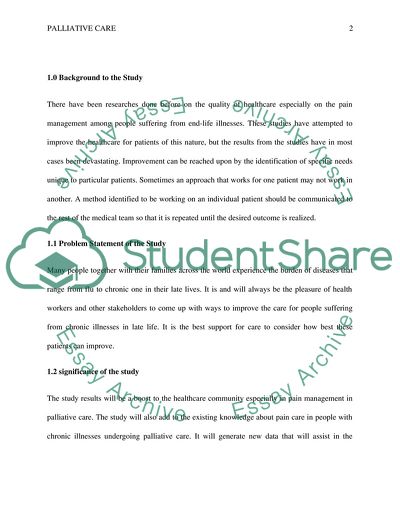Cite this document
(Research Summary and Ethical Consideration Assignment, n.d.)
Research Summary and Ethical Consideration Assignment. https://studentshare.org/nursing/1881267-pain-management-in-palliative-care
Research Summary and Ethical Consideration Assignment. https://studentshare.org/nursing/1881267-pain-management-in-palliative-care
(Research Summary and Ethical Consideration Assignment)
Research Summary and Ethical Consideration Assignment. https://studentshare.org/nursing/1881267-pain-management-in-palliative-care.
Research Summary and Ethical Consideration Assignment. https://studentshare.org/nursing/1881267-pain-management-in-palliative-care.
“Research Summary and Ethical Consideration Assignment”. https://studentshare.org/nursing/1881267-pain-management-in-palliative-care.


